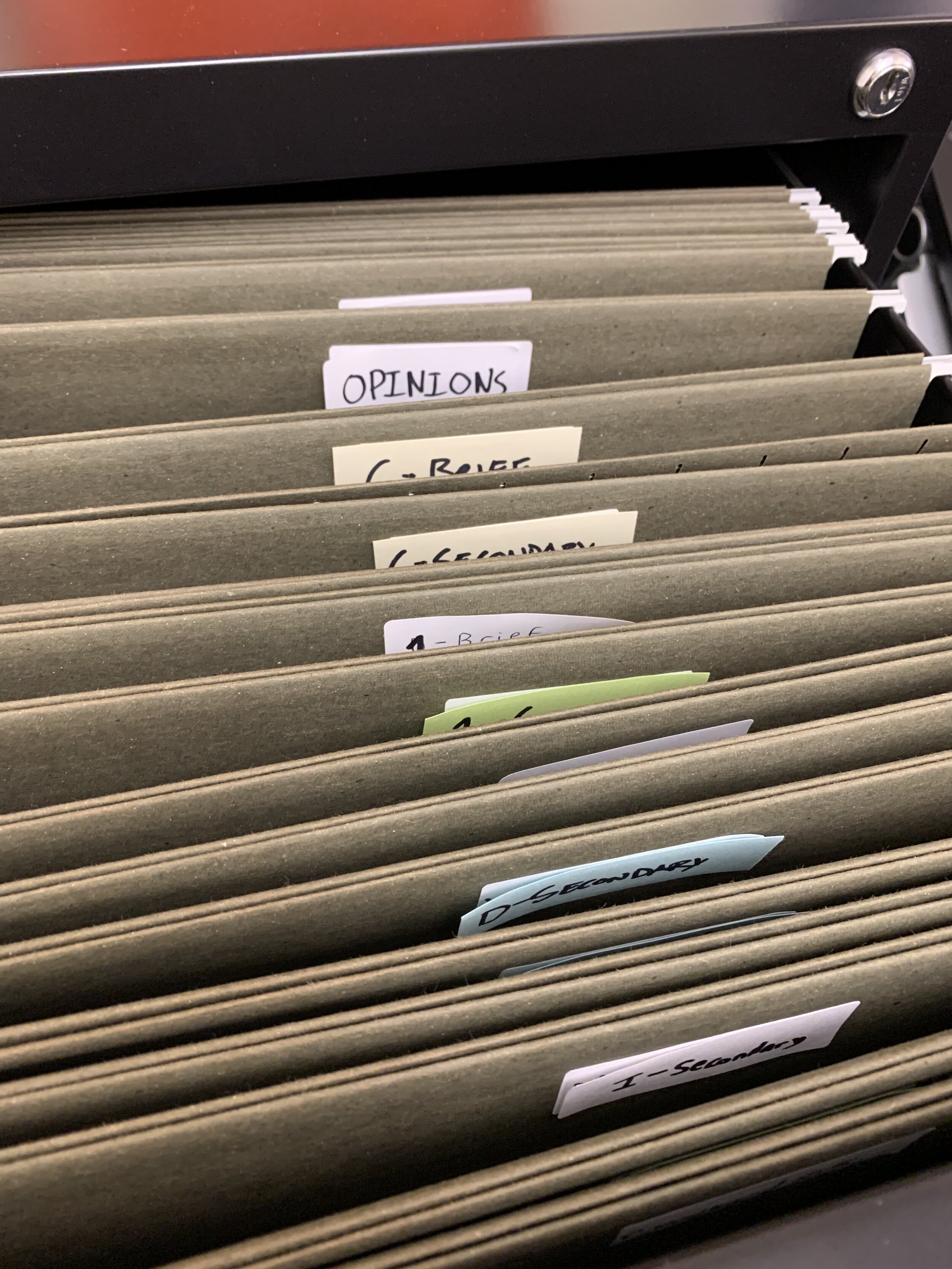
Writing
Writing
The reason I took up journalism in the first place was to improve my writing. I’ve learned many other skills along the way, but, at the end of the day, a journalist is a writer. The real content is made when the fingers hit the keyboard – it’s the culmination of the news-gathering process, the transformation of interviews and research into stories. I started out writing briefs and secondaries as a staff writer, occasionally helping out older students with bigger stories, but learning the fundamentals. As Issues Editor, I moved up to CVIs and Ubers, often writing at least two major stories per cycle. I learned how to multi-task and was eventually entrusted with a cover story. Now, as Editor-in-Chief, cover stories are the norm, and my writing usually appears somewhere on page one. With the increased attention comes an added layer of responsibility; it is my job to tell stories the best I can, use the full extent of my writing prowess, to deliver premium content to my community.

Mind over media
This cover story explored the role of the media, which was under continual attack in the Trump administration. I had the opportunity to interview the publisher and editor of The Dallas Morning News, president of D Magazine, and a regional editor for The Wall Street Journal to glean their perspectives on how the media serves as one of the pillars of democracy.

A look beyond the pages
This is a column accompanying the “Mind over media” cover story. After editing three newspapers, I felt I had good insight into the role our newspaper plays on campus and I wanted to stress the responsibility all staff members and I acknowledge when we plan stories, interview sources and present story packages for our readers.
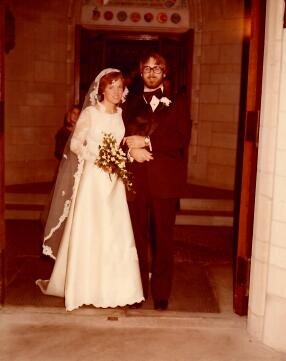
Julie Doerge
This story was the lead story in our second Focus magazine of the year, which hoped to prove that “everybody has a story.” Through a random number generator, our school nurse, Julie Doerge was selected, and I got to write this piece. The story of how she and her husband met accidentally and were engaged two weeks after meeting (which has led to a 46-year marriage), was one of the more popular stories in the magazine.

“It’s never felt like a job”
This was a major piece of our October issue’s focus on women. This story profiles two of the longest tenured staff members at St. Mark’s who, together, have more than 98 years combined service to the school. It was a pleasure for me to get to know these two interesting ladies, since I enrolled in St. Mark’s as a freshman, and most of their work is done in the lower grades.
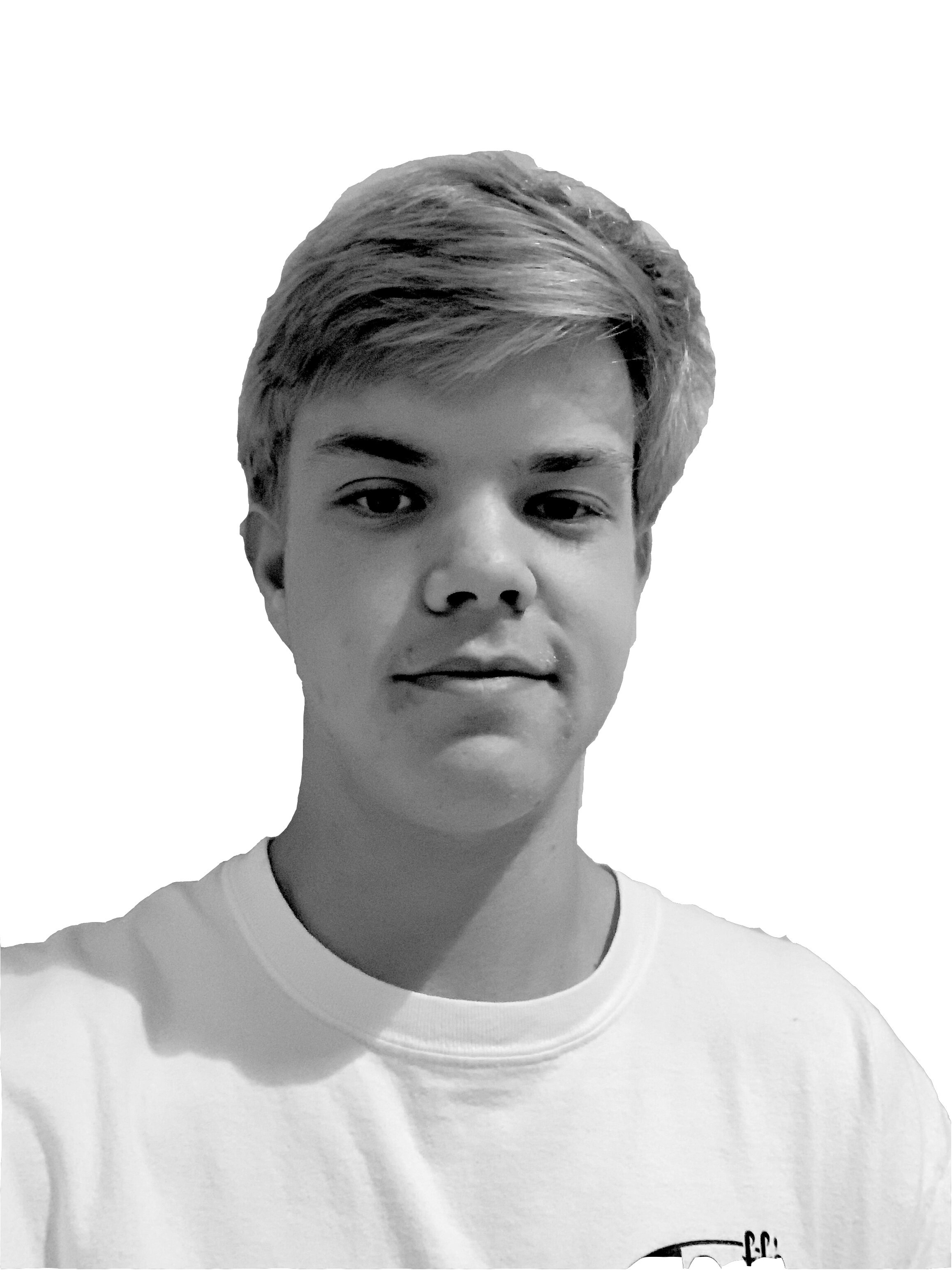
Thirty-fifth percentile
This is a sports column I wrote in which I lament the state of high school athletics, namely football, in the era of COVID-19. Despite my size, I played football junior and senior years, only to find that our normal ten game season was, at first, cancelled; then, two games were carefully scheduled...leaving me with a deep sense of the “what could have beens.”

A driven agenda
When we learned that a woman would be assuming the presidency of the school’s Board of Trustees for only the second time in our 110-year history, I knew we had to profile our new leader prominently. This gave me the opportunity to have conversations with Kathy Crow about her vision and priorities as she was beginning her two-year term.

The centipede dance
Personal columns allow the writer to inject some of his personality into the piece, and I’m not above a little self-depracation from time to time. Here, I tell about my (embarrassing) attempts to dance — in public, yet, at summer campus in front of more than 200 campers.

Forever changed
This was the first cover story I coordinated as editor-in-chief and, as one might expect considering its timing, it centered on the challenges of the pandemic. In this piece, we explored the impact of COVID-19 to date and interviewed the headmaster and other campus administrators on what they felt school would look like in the future.
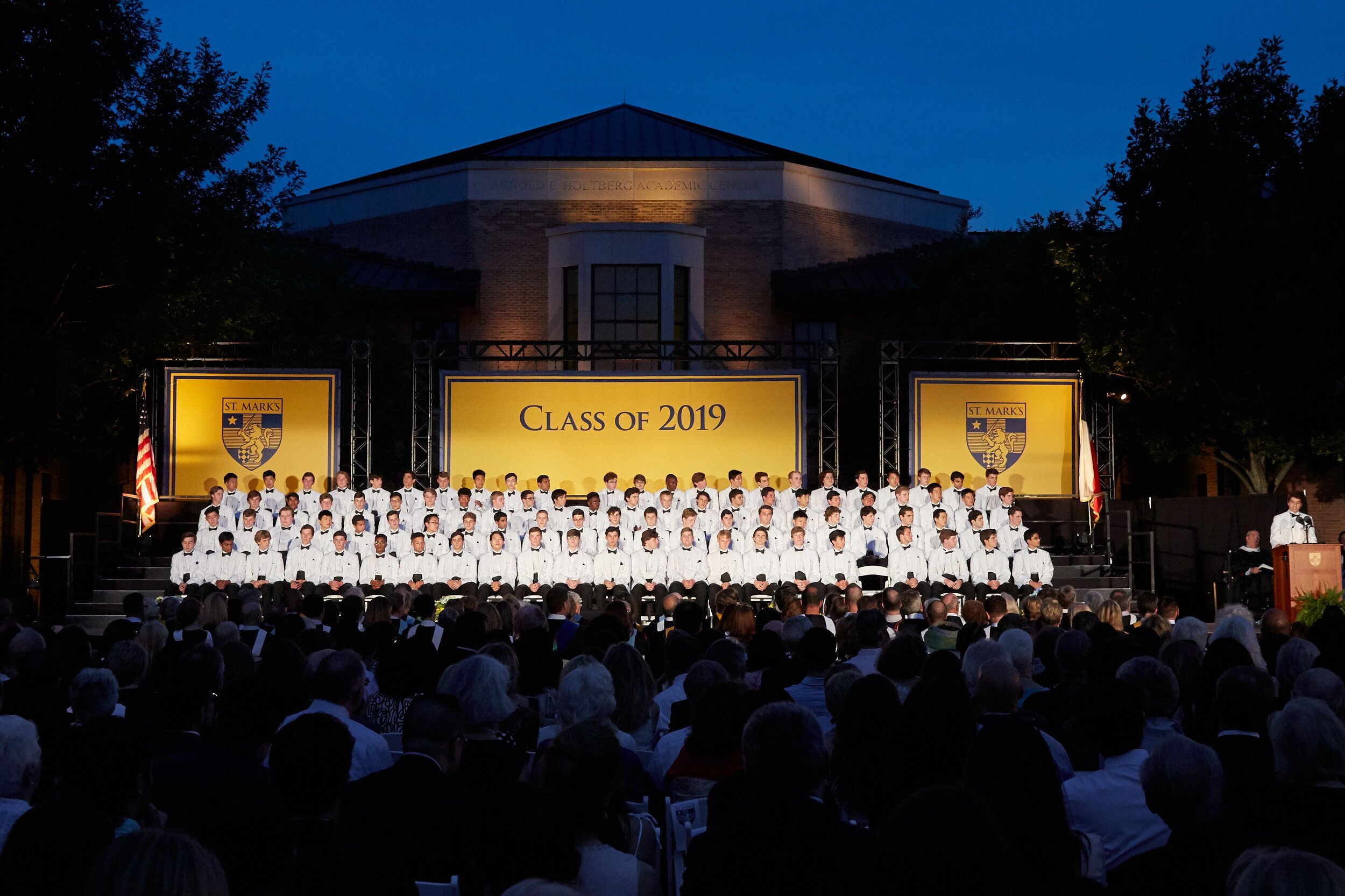
Contingency plans
With school continuing to be remote for the remainder of the school year, one big question was: What will we do about Commencement? To find out, I wrote this story which detailed alternative plans and possibilities for this most revered school tradition, which is held outside (weather permitting) in the school’s 200-yard Quad.

Making sense of marijuana
We had long resisted the opportunity to write about the use of marijuana, simply because we could not find a compelling angle to localize the story for our readers. However, with the increase use of medical marijuana, I felt it was time to write an explanatory piece on this, which explored the possibility of legalization in Texas. This was a coupled with a companion piece on the growing trend of farming marijuana plants as a business venture.
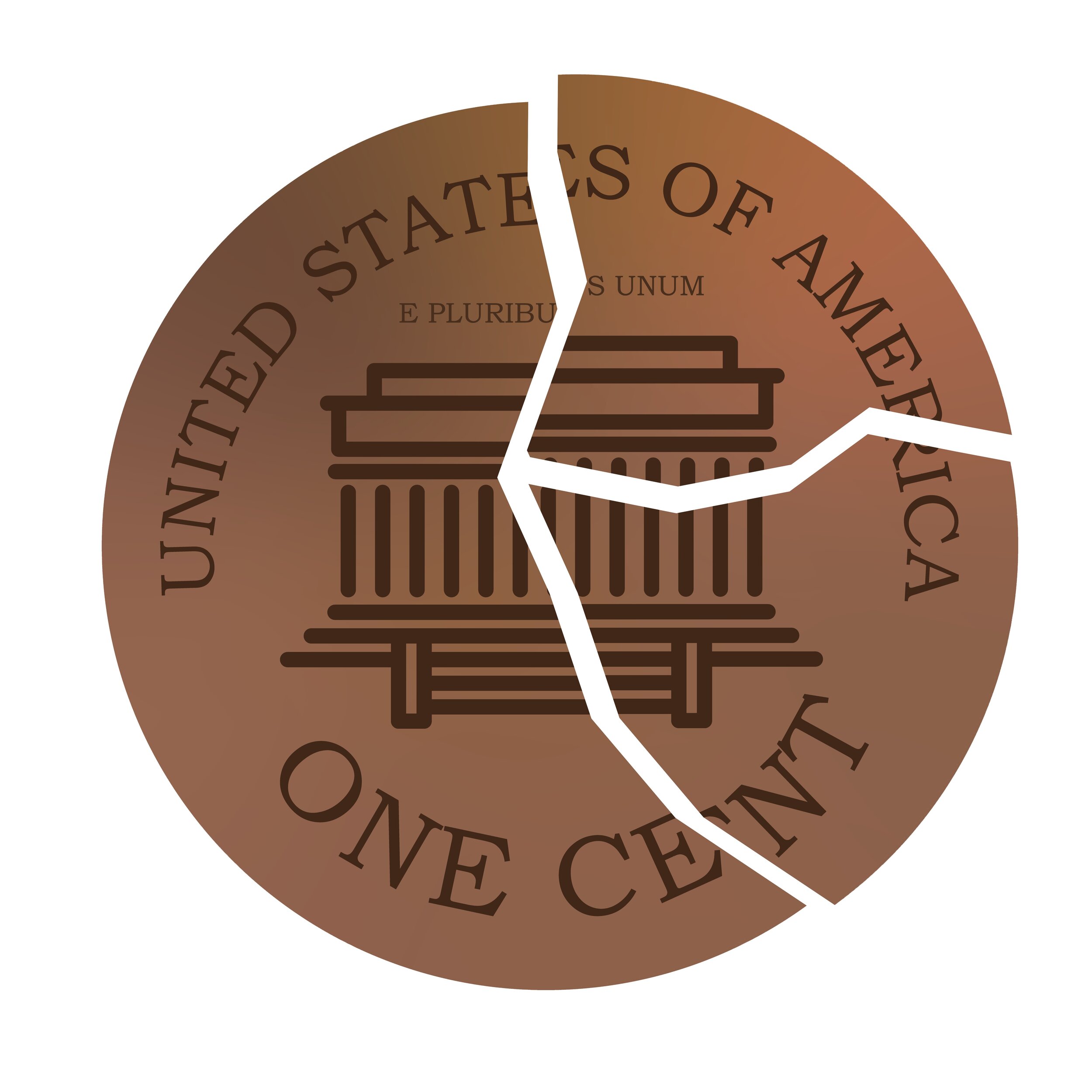
Giving more than your two cents
In our private school environment, private giving is important to the school’s financial stability and success. In this story, I interviewed the father of an alum who had come to the U.S. 75 years ago as a three-year old. His story showed the impact that financial assistance provides, and gave me the opportunity to have a most enjoyable conversation with a remarkable man.

No way to go back
This story attempts to explain and enlighten students on how early they should make decisions about their career paths. I spoke to several alums who had differing stories on how they chose their professional paths to see what we could learn from their experiences.

Rewired
This was my first cover story to coordinate and write — it involved an in-depth look at the school’s first new daily schedule in more than 35 years. Here, I interviewed the headmaster, ensuring that every component of the new schedule was presented clearly and accurately. I chose to use “quick read” copy to break down the key components of the change so readers could quickly go to their areas of interest. I also wrote a background story on how the headmaster and his administrative team worked for more than seven years to research and forge the next schedule.

Soleimani’s assassination
This is a personal column I wrote about the apprehension I had — the experiences I encountered — when my dad announced we were visiting Israel over the Christmas holiday. While excited, I knew from keeping up with world events, we were headed to one of the most volatile regions of the world.

A needed break
Prompted by the news that students in Oregon were being offered “mental health days,” opportunities to miss school when they felt overburdened or stressed, I explored that policy and asked if and/or how this might go over at St. Mark’s. Speaking with the headmaster and a former student, I was able to offer an explanatory piece on the ways the school supports students who are feeling overwhelmed.

SAT vs. ACT
In a college preparatory school like St. Mark’s, college admittance and the entire college process is frequently on students’ minds. This story attempted to explain differences in the ACT and SAT testing systems — and which test might be best for students taking various paths to college or university.
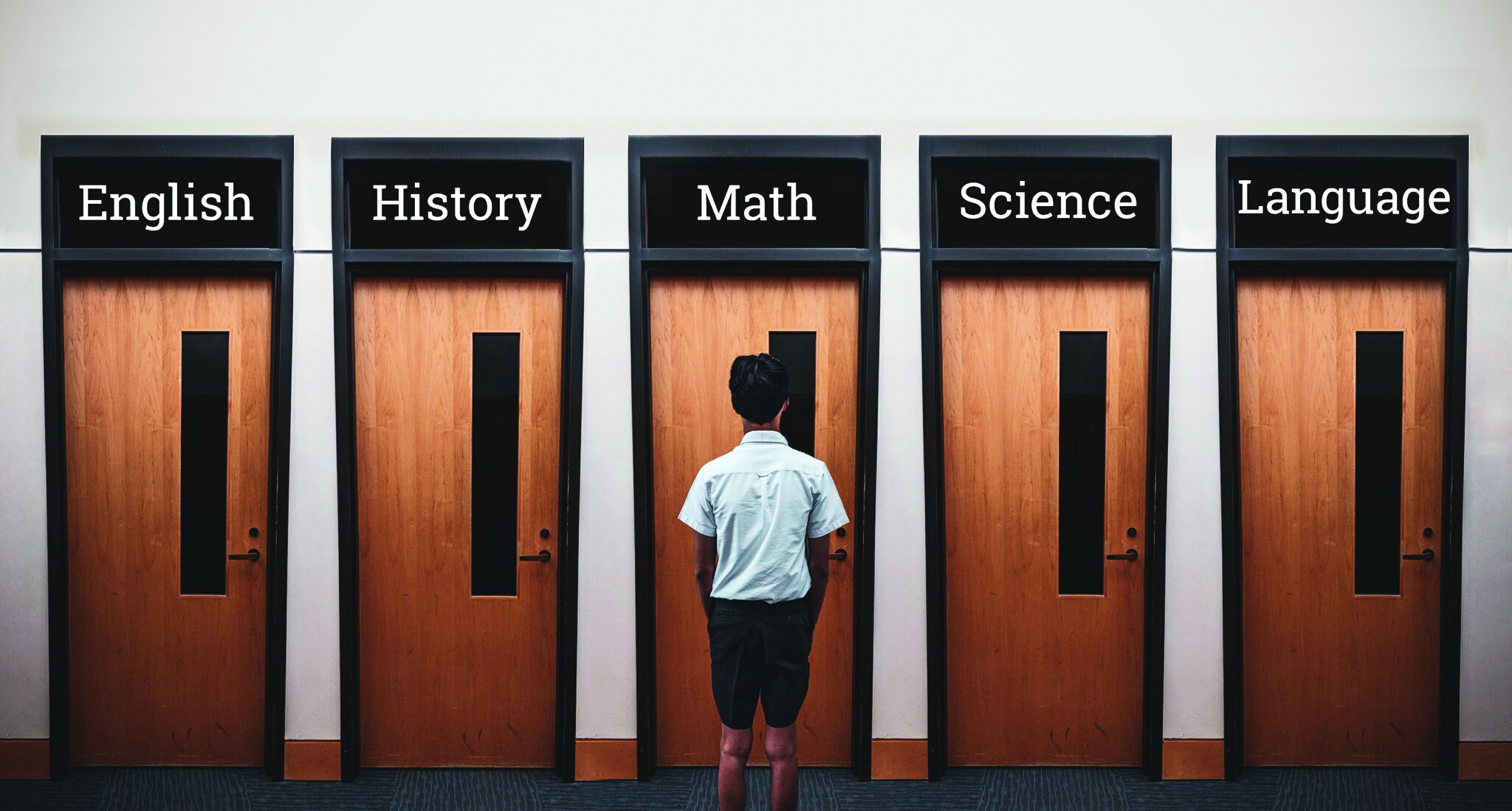
Specialization in the classroom
This story explored the path some students take in their academic course selections: specializing in a certain academic area (science, math, for example), versus taking a broader course selection, filled with electives from the varying campus departments and courses offered them.

Starting a new season
When a Category E-3 tore through campus and causing more than $5 million in damage, including destroying our academic facility, we quickly put together an eight-page special section on the historic event. In this story, I spoke with varsity basketball players, who — in a matter of seconds — were left with no home gym to play in.

That crucial half-point makes a big difference
This story explored the inconsistencies by faculty members when determine grades at end of trimester periods. Some teachers round up an 89.2 to a 90. Others keep the grade as a B, which results in a huge grade point average inconsistency.

Ditching phones during school
After I read that a California school issued a new rule banning all cell phones from school, I explored the ramifications of the school’s policy, which only forbids use in certain areas and at certain times during the school day.